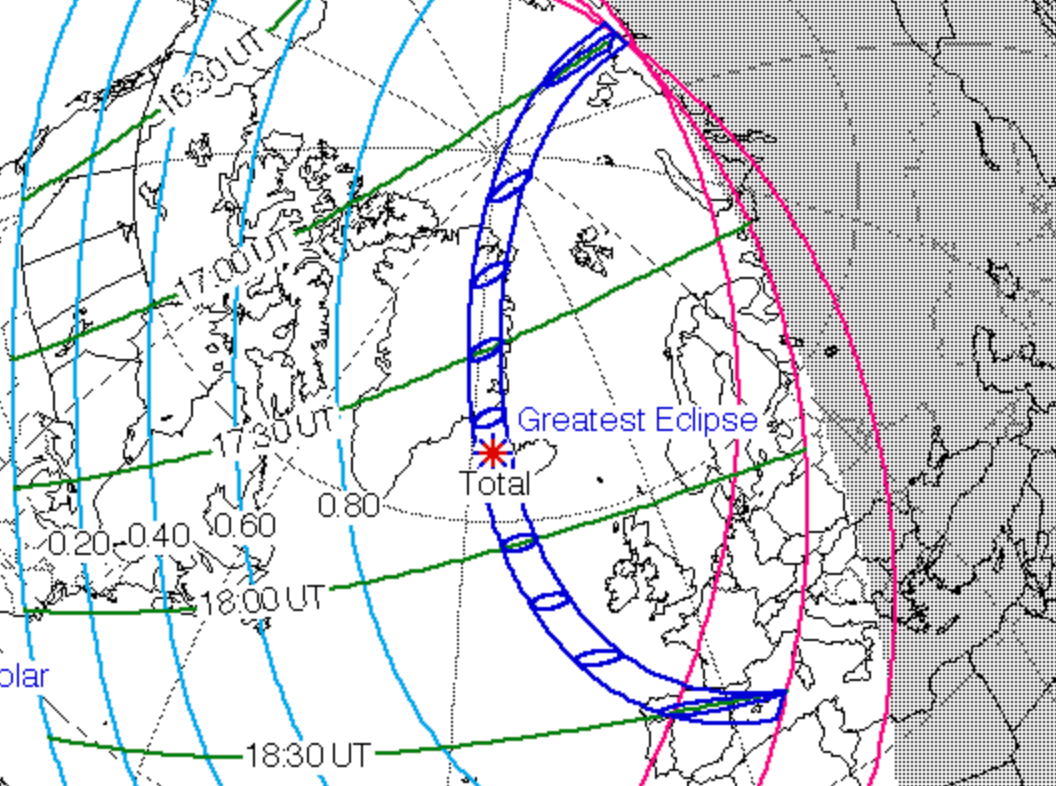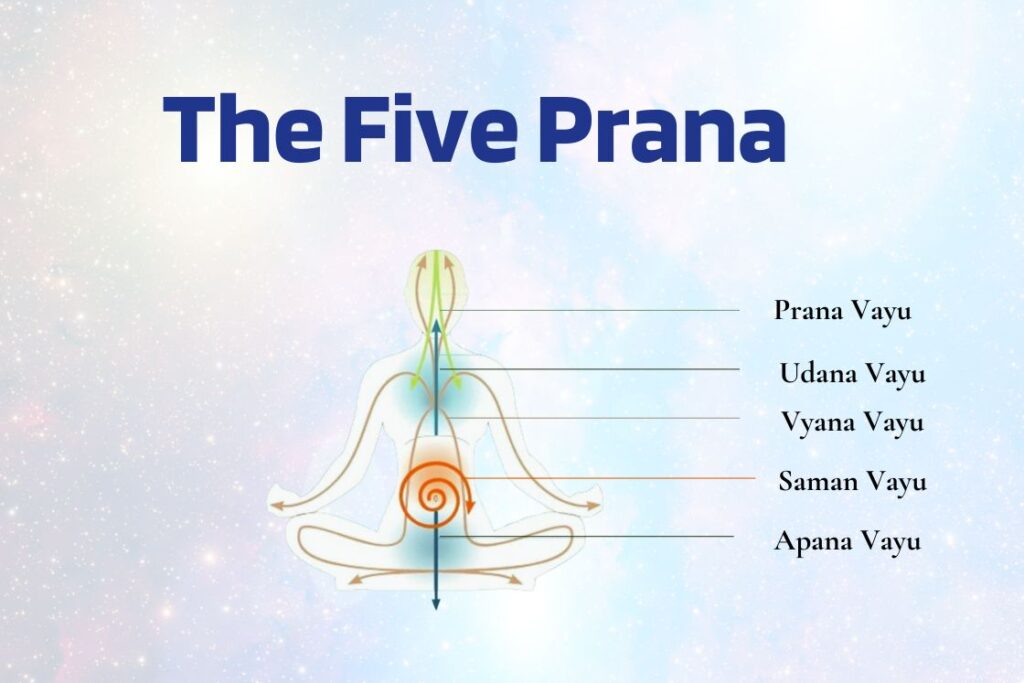Solar eclipse 2026: A traveller’s guide to the best places to be when the light goes out
The path of totality will carve an arc of darkness across the surface of our planet – at the height of the August tourist season

On 12 August 2026, a total solar eclipse will sweep across the surface of the earth. At sunrise it will be visible in the far north of Siberia in Russia. The “path of totality” will then cross Greenland, Iceland and northern Spain (plus a tiny corner of Portugal).
Only a tiny proportion of humanity has ever witnessed a total eclipse – but the Spanish crossing, at the height of the tourist season, will provide an astronomical experience for millions in many alluring locations.
Here’s everything you need to know about why you witness this phenomenon – and where to be to make the most of the experience.
What happens during a total solar eclipse?
The greatest show on earth comes courtesy of the lifeless moon. Normally the orbiting lunar lump merely provides earth with tides, moonlight and somewhere to aim space rockets. But roughly once a year the natural satellite aligns with the sun and, thanks to a geometric miracle, blots out the hub of the solar system to create a total eclipse.
“Even though the moon is 400 times smaller than the sun, it’s also about 400 times closer to earth than the sun is,” says Nasa. “This means that from earth, the moon and the sun appear to be roughly the same size in the sky.”
A narrow band marking the “path of totality” carves an arc of darkness across the surface of our planet. If you are somewhere on that line at the predicted time, and you have clear skies, then the experience will become a lifelong memory.
The closer you are to the centre of the path of totality, the longer the total eclipse will last. The longest totality in 2026 will be in the far north of Iceland.
What’s so good about seeing an eclipse?
In the days leading up to the eclipse, locations in the path of totality acquire something of a carnival atmosphere as astronomical tourists converge in excited anticipation.
On the day, the cosmological performance begins with a warm-up lasting more than an hour, during which the moon steadily nibbles away at the surface of the sun.
Suddenly, you experience totality. The stars and planets appear in the middle of the day. The air chills.
To testify to the heavenly fit between our two most familiar heavenly bodies, faint diamonds known as Baily’s beads peek out from behind the moon. They actually comprise light from the sun slipping through lunar valleys.
A sight to behold – so long as you can see the moon blotting out the sun and appreciate the mathematical perfection of nature in our corner of the galaxy.
Eclipses are entirely predictable: we know the stripes that the next few dozen will paint upon the surface of the Earth. But the weather is not. Cloud cover, which blighted the Cornwall eclipse in 1999, downgrades a cosmological marvel to an eerie daytime gloom.
Almost as predictable as the eclipse is that traffic aiming towards the path of totality in Spain will be heavy on the morning of 12 August 2026 – and that accommodation rates will soar to astronomical levels.

Where will the great European eclipse 2026 be visible in Spain?
The stripe of darkness will traverse the great cities of Bilbao, Zaragoza and Valencia in mainland Spain before arriving in Palma de Mallorca.
Where should I be for the best experience?
The weather prospects for the Mediterranean locations are better than for Atlantic Spain, but the area around Zaragoza is likely to be best of all.
There are no guarantees of clear skies: all you can do is play the odds based on the record of cloud cover for the corresponding date in previous years.
In 2024, during the great North American eclipse, all the predictions went out of the celestial window: Montreal in Canada, which had been regarded as a low-likelihood location because of usually cloudy skies in April, suddenly became the star of the show.
Any alternative to being on land?
Yes, a number of cruise lines will ensure their vessels are on the path of totality during the eclipse – predominantly between mainland Spain and Mallorca. They will have a certain amount of flexibility to move according to the weather forecasts.
Do I need special eclipse goggles?
Yes. The US National Solar Observatory says: “During totality, you may view the sun without proper eye protection, such as solar glasses. But during all other phases of the eclipse, you should only look at the sun when your eyes are protected.” Eclipse viewing glasses will be widely available at the key locations on the line of totality
I’ll be in Spain (or Portugal) anyway – will I see a partial eclipse without needing to move?
Viewers in much of the Iberian Peninsula, as well as France, will, if skies are clear, witness a partial eclipse. But there is nothing to compare with a total eclipse.
The astronomer Dr John Mason, who has guided dozens of eclipse trips (and will be doing so again in 2026), sums up the difference between a 99 per cent partial eclipse and a total eclipse as far apart as “a peck on the cheek and a night of passion”.
You must use special eclipse safety glasses or viewers when viewing a partial eclipse – organise these in advance.
When are the next total solar eclipses?
The following summer (2 August 2027), the southern tip of mainland Spain is in the path of totality for an eclipse that will sweep across North Africa and the Arabian peninsula: going east from the Strait of Gibraltar, it will encompass Morocco, Algeria, Tunisia, Libya, Egypt, the northeasternmost corner of Sudan, Saudi Arabia and Yemen.
Just under 12 months later, on 22 July 2028, Outback Australia will be the place to be. A total eclipse will make landfall in northern Western Australia, sweep across the Northern Territory and part of southwest Queensland – then clean across New South Wales, with Sydney in the middle of the path of totality.
Winter cloud cover could disrupt the experience in Australia’s largest city – and is very likely in the southern portion of New Zealand’s South Island where the eclipse reaches a finale.
Australia also features in the cosmological plans on 25 November 2030. This is early summer in the southern hemisphere, and there are likely to be good conditions for viewing in Namibia, Botswana and South Africa (Durban is on the path of totality) as well as South Australia.

 ValVades
ValVades 
































